
What is Aeroponics
There are so many different types of hydroponics! Let’s continue to expand on the different categories of the technology. If you haven’t read our Foundation of Hydroponics article, consider going back and checking it out. Just to recap, the first category that is used to classify hydroponic systems is called the Class of Hydroponics, and it describes the way plant roots are supported in a system. We already talked about agroponics, or growing plants in a soilless medium.
The term “aeroponic” comes from the Greek root word, “aer”, meaning “air” or “atmosphere.” This type of system is unique because it uses very little media, and roots are suspended in a closed, dark chamber where they are constantly sprayed with nutrient solution. This differs from an agroponic system, such as the EzGro towers, in which the roots are supported and insulated by media such as coconut coir or perlite.
Let’s take a look at the different types of systems that use aeroponic technology. Growers will typically use rockwool to germinate seeds. Just as a reminder, rockwool is made from basalt rock and chalk that has been heated to very high temperatures and spun into a wool-like fiber. Sheets of rockwool that are 10 by 20 inch are most commonly used for propagation.
Types of Aeroponic Systems
A-Frame: This closed system is shaped like a 3-D letter “A”. Seedlings, usually sprouted in rockwool cubes, are inserted into holes in sheets of Styrofoam or plastic that create the outside of the “A” and are supported by a metal frame. Roots hang inside, where there is a pump and sprayer that constantly mist the roots with the nutrient solution.
Horizontal Trough or Tray: A flat tray or large trough is used as the closed chamber, and plants are inserted into a lid where roots hang inside the tray and are sprayed continuously. There are a variety of ways this is done; trays may be on shelves so they are stacked on top of one another, or a large trough may be used to grow food in a greenhouse.
Vertical Columns: Large vertical columns that are designed for aeroponics are typically made with lots of small pockets in the sides to insert plants. A sprayer bar will usually run along the inside of the column, and mist the roots 24/7. This is a popular form of aeroponics and an example of this type can be found at the Chicago O’Hare International Airport.
Spray bars and misters used in these types of systems have very tiny holes to create the mist that is desired. Standard hydroponic nutrient solution is usually the only form of nutrients used in this type of system because those tiny holes can get clogged very easily. This means that fish waste from aquaculture may not be used in this type of system, or the grower would need to clean out the spray bar daily! High quality hydroponic nutrients are really the only choice for aeroponic systems; check out our highly concentrated EzGro Nutrient Formulas, which are specially formulated to deliver plant roots with optimal nutrition.
The media used in agroponic systems is designed to absorb and hold onto water, which is a valuable quality when there is a power failure. The roots in aeroponic systems are very exposed since they are not insulated by anything; they just hang in the air inside the chamber. If the power fails on an aeroponic system and the roots are not sprayed for some time, the roots will dry out and plants will wilt. Plants will die within just a few hours of not receiving nutrient solution in an aeroponic system, especially during the hottest parts of the day.
Types of Plants in Aeroponics
The only support a plant receives from an aeroponic system is above the root zone. Support typically comes from the tray that the plant is inserted into. Because of this lack of support, shallow-rooted plants work the best in this system. Leafy greens such as lettuce, arugula, and kale will work and do not need extra support. Shorter herbs, such as thyme, parsley and mints would work as well. Taller herbs like basil and rosemary can be grown as long as they are harvested frequently. Root vegetables will definitely not work, because they need pressure on the roots to form the carrot or potato shape. Fruit trees are just too large or aeroponics. Some people argue that vine crops, such as tomatoes, can be grown in aeroponics. While it may work, the grower must be prepared to build a hefty trellis or other support system. With nothing holding the roots in place, the plant is likely to flop over and out of the system, where the roots will dry out quickly.
While aeroponic systems have some innovative-looking designs, we still prefer agroponic systems for their versatility and reliability.

Hydroponic Nutrients

EC vs TDS

Organic Does Not Mean “No Pesticides”

How Plants Uptake Nutrients

What is Aquaponics
Trackbacks and pingbacks
No trackback or pingback available for this article.
Articles
Featured
-
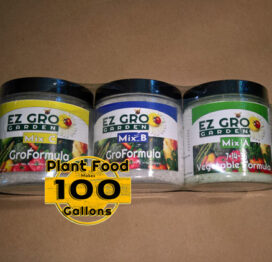 Vegetable Formula single dose SetRegular Price $29.99
Vegetable Formula single dose SetRegular Price $29.99 -
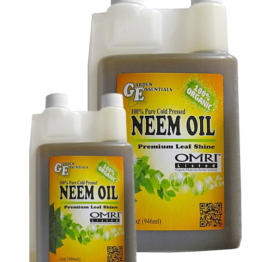 Cold Pressed Neem OilRegular Price $29.92 – $38.71
Cold Pressed Neem OilRegular Price $29.92 – $38.71 -
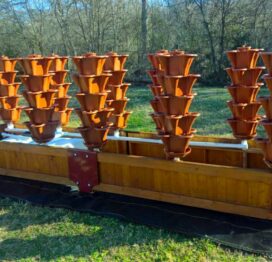 Ten Tower Deck GardenRegular Price $3,499.00
Ten Tower Deck GardenRegular Price $3,499.00 -
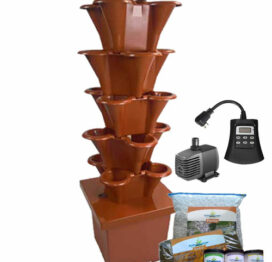 EzGro Patio GardenRegular Price $389.99 – $399.99
EzGro Patio GardenRegular Price $389.99 – $399.99 -
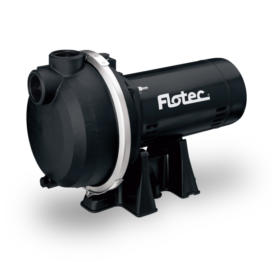 Thermoplastic Irrigation Pump 1 HPRegular Price $469.99
Thermoplastic Irrigation Pump 1 HPRegular Price $469.99 -
 Drain Dish & Diffuser Dish Set 10 PackRegular Price $124.99
Drain Dish & Diffuser Dish Set 10 PackRegular Price $124.99 -
 5000 Watt 48 Volt Power InverterRegular Price $899.00
5000 Watt 48 Volt Power InverterRegular Price $899.00 -
 EzGro Precision Micro TrimmerRegular Price $11.99
EzGro Precision Micro TrimmerRegular Price $11.99 -
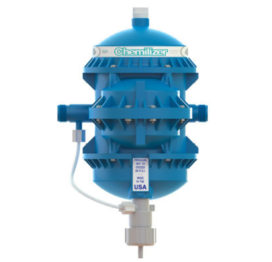 Chemilizer InjectorRegular Price $349.99
Chemilizer InjectorRegular Price $349.99 -
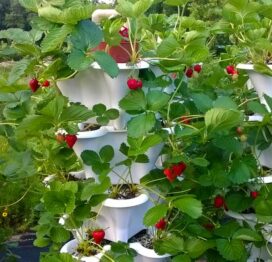 Five Tower Strawberry GardenRegular Price $2,799.00
Five Tower Strawberry GardenRegular Price $2,799.00









Leave a reply